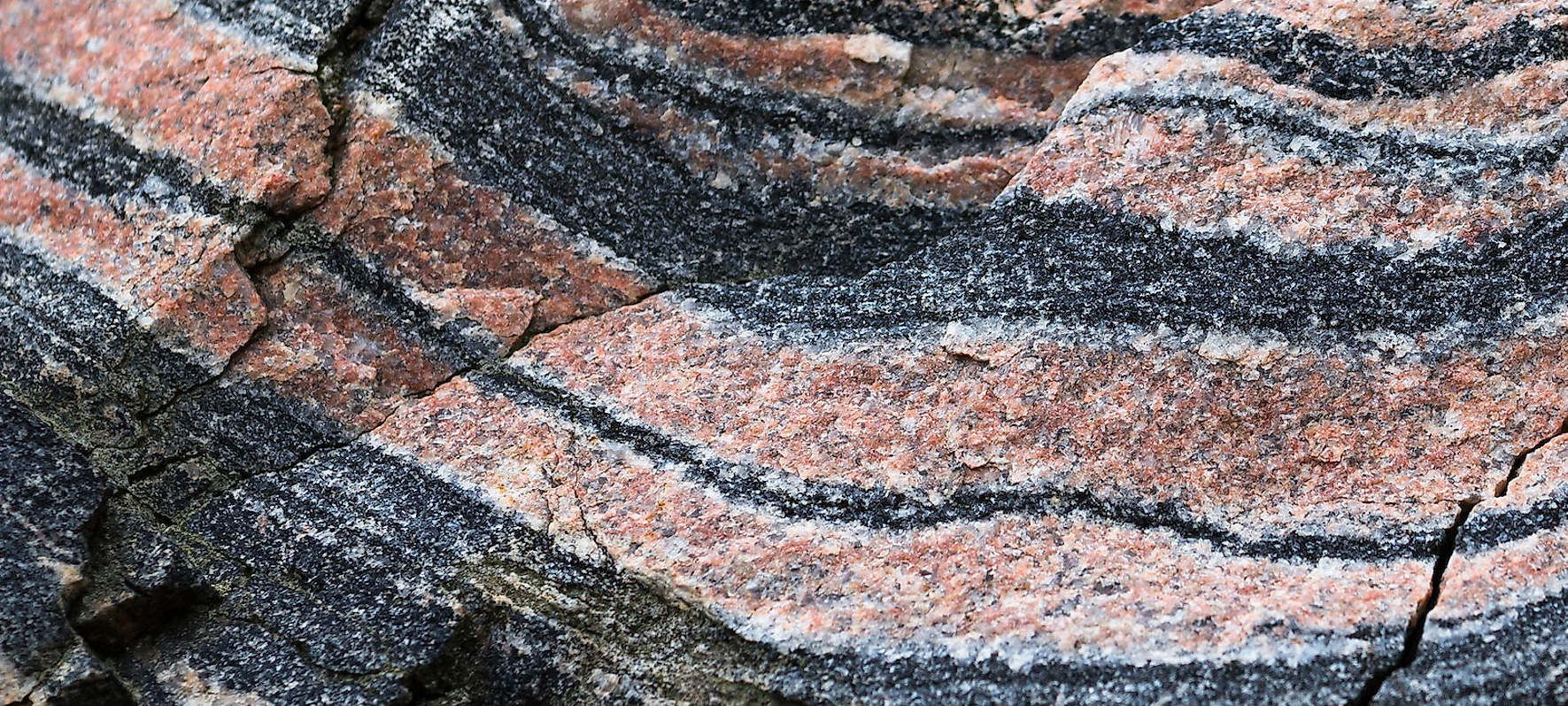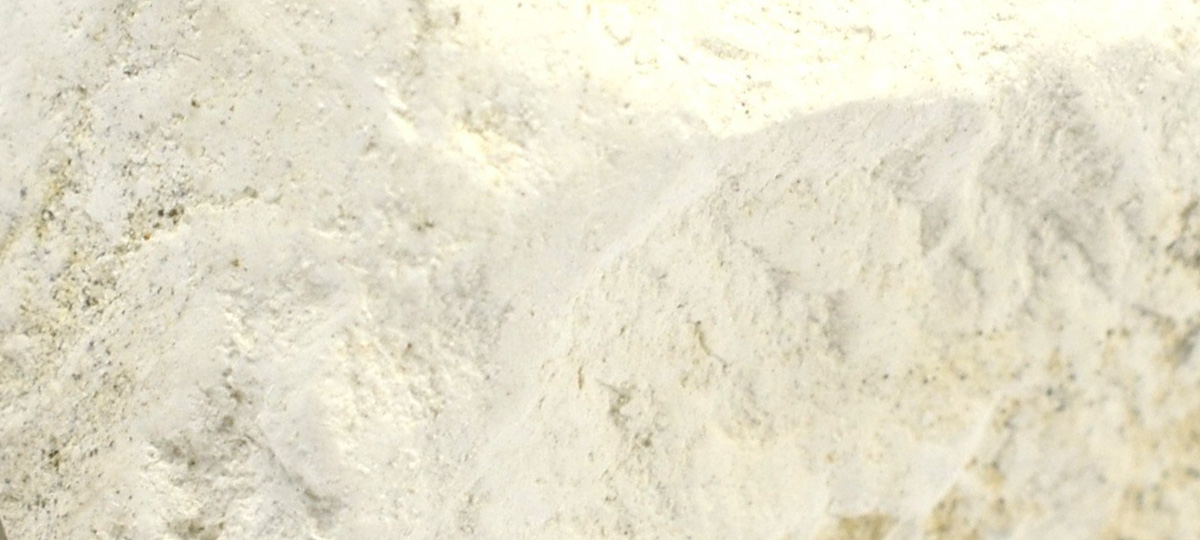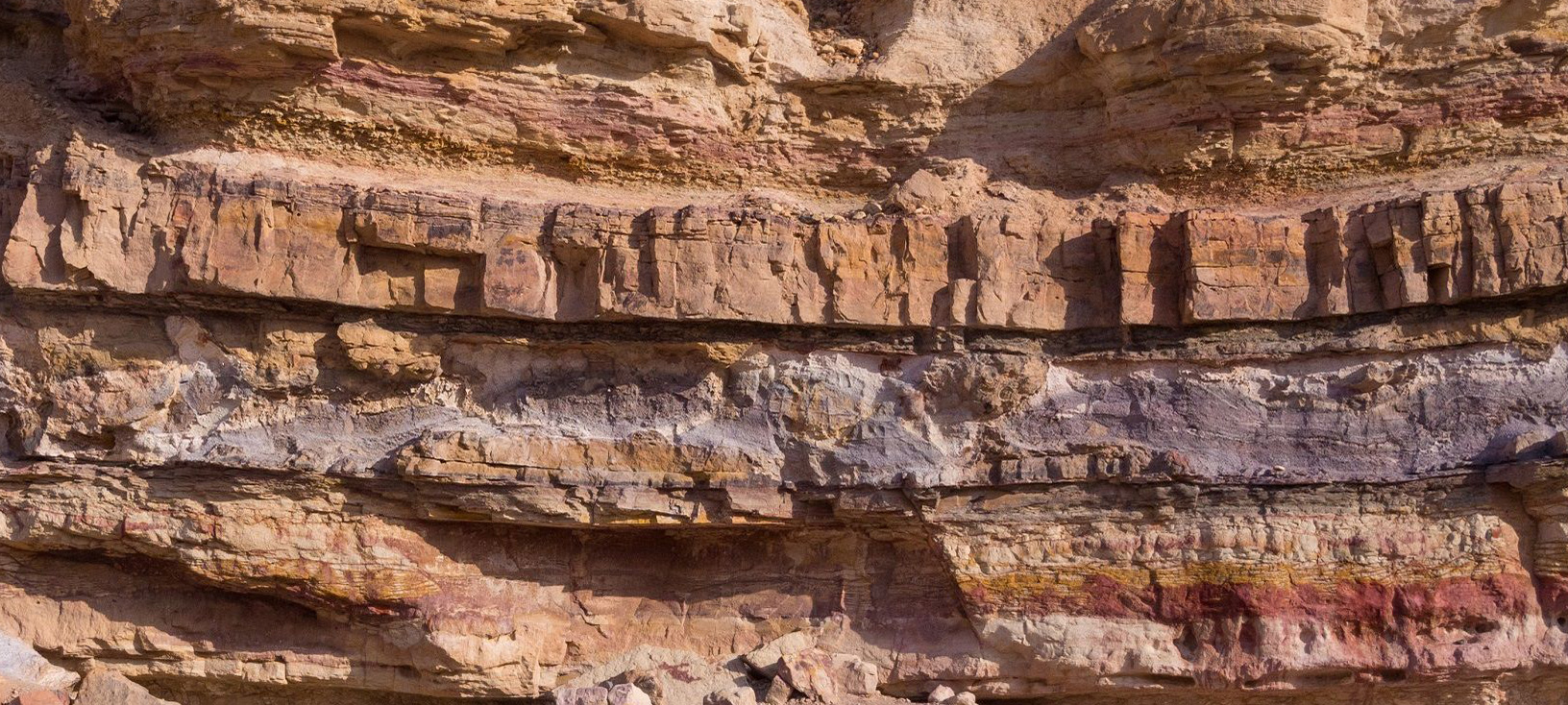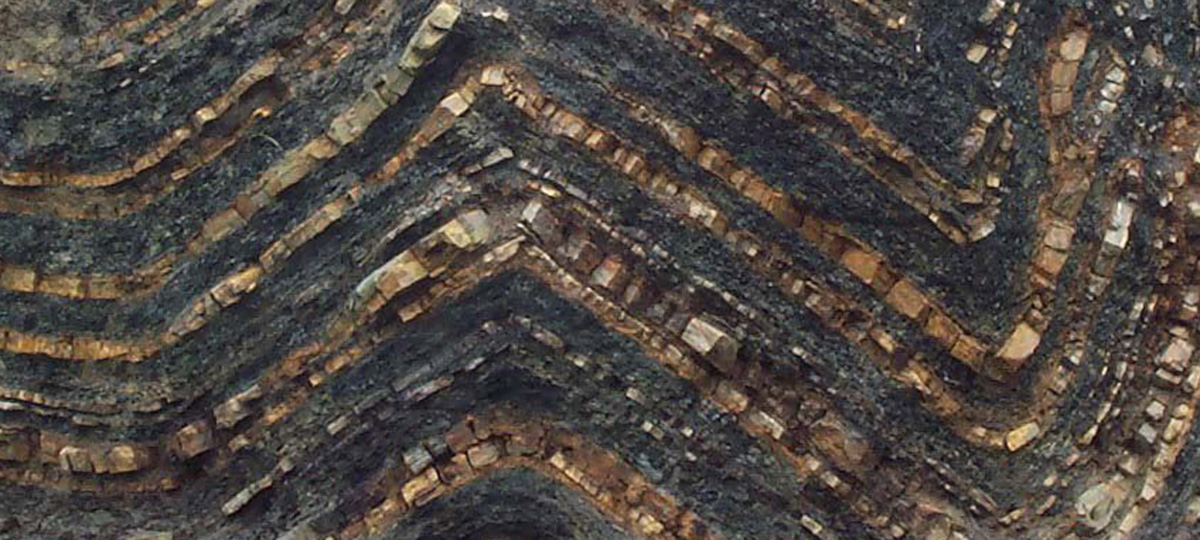Sedimentary rocks are formed from the accumulation, compaction, and cementation of mineral and organic particles over time. These captivating rocks record Earth’s history, preserving evidence of ancient environments, climate changes, and the evolution of life. Sedimentary rocks exhibit a wide range of textures, compositions, and colors, reflecting the diverse processes and conditions under which they formed.
Formation
Sedimentary rocks form through a series of processes: weathering, erosion, deposition, compaction, and cementation. These processes break down pre-existing rocks, transport the resulting particles to new locations, and accumulate them in layers. Over time, the weight of overlying sediments compacts the particles, and mineral cement fills the spaces between them, creating solid rock. Sedimentary rocks are typically found in areas where deposition has occurred, such as river deltas, lakes, deserts, and ocean basins.
Types
There are several types of sedimentary rocks, including:
- Clastic:
Formed from the accumulation of weathered rock fragments, such as sand, silt, and clay. Common clastic sedimentary rocks include sandstone, siltstone, and shale. - Chemical:
Formed from the precipitation of dissolved minerals from water, often in response to changing environmental conditions. Examples of chemical sedimentary rocks include limestone (composed of calcite) and rock gypsum (composed of gypsum). - Organic:
Formed from the accumulation and compaction of plant and animal remains. Coal, formed from plant material, and coquina, a rock composed of shell fragments, are examples of organic sedimentary rocks.
Properties
Sedimentary rocks display a range of properties, reflecting their diverse origins and compositions. They often exhibit layering or stratification, which results from the sequential deposition of sediments over time. Some sedimentary rocks contain fossils, which provide valuable information about ancient ecosystems and the history of life on Earth.
The colors of sedimentary rocks can vary widely, depending on their mineral and organic content. For example, red or brown colors are often due to the presence of iron oxides, while black colors can indicate the presence of organic material.
Significance
Sedimentary rocks hold significant importance in various fields. In geology, they serve as essential tools for reconstructing Earth’s history, revealing information about past environments, climate changes, and the evolution of life. They also serve as a source of valuable resources, such as oil, natural gas, coal, and building materials.
Sedimentary rocks have important commercial and industrial uses. Sandstone and limestone are widely used as building and decorative stones, while shale serves as a source of clay for brick and ceramic production. Coal is a crucial source of energy, and petroleum reservoirs are commonly found in sedimentary rocks.
Understanding the formation, distribution, and properties of sedimentary rocks is essential for managing natural resources, evaluating geological hazards, and mitigating the environmental impacts of their extraction and use. Studying these rocks contributes to our understanding of the dynamic processes that shape the Earth’s crust and the diverse environments where they occur.
-
Chemical Sedimentary
Chemical sedimentary rocks are formed from the precipitation of dissolved minerals from water, often due to changing environmental conditions. These captivating rocks offer valuable insights …
-
Clastic Sedimentary
Clastic sedimentary rocks are formed from the accumulation, compaction, and cementation of weathered rock fragments, providing a fascinating glimpse into the Earth’s dynamic past. These …
-
Organic Sedimentary
Organic sedimentary rocks are unique formations derived from the accumulation and preservation of plant and animal remains, providing a window into Earth’s biological history. These …

Related Posts
-

Metamorphic
Metamorphic rocks are a fascinating class of rocks that have undergone transformation due to intense heat, pressure, or mineral exchange deep within the Earth’s crust. …
-

Organic Sedimentary
Organic sedimentary rocks are unique formations derived from the accumulation and preservation of plant and animal remains, providing a window into Earth’s biological history. These …
-

Chemical Sedimentary
Chemical sedimentary rocks are formed from the precipitation of dissolved minerals from water, often due to changing environmental conditions. These captivating rocks offer valuable insights …



